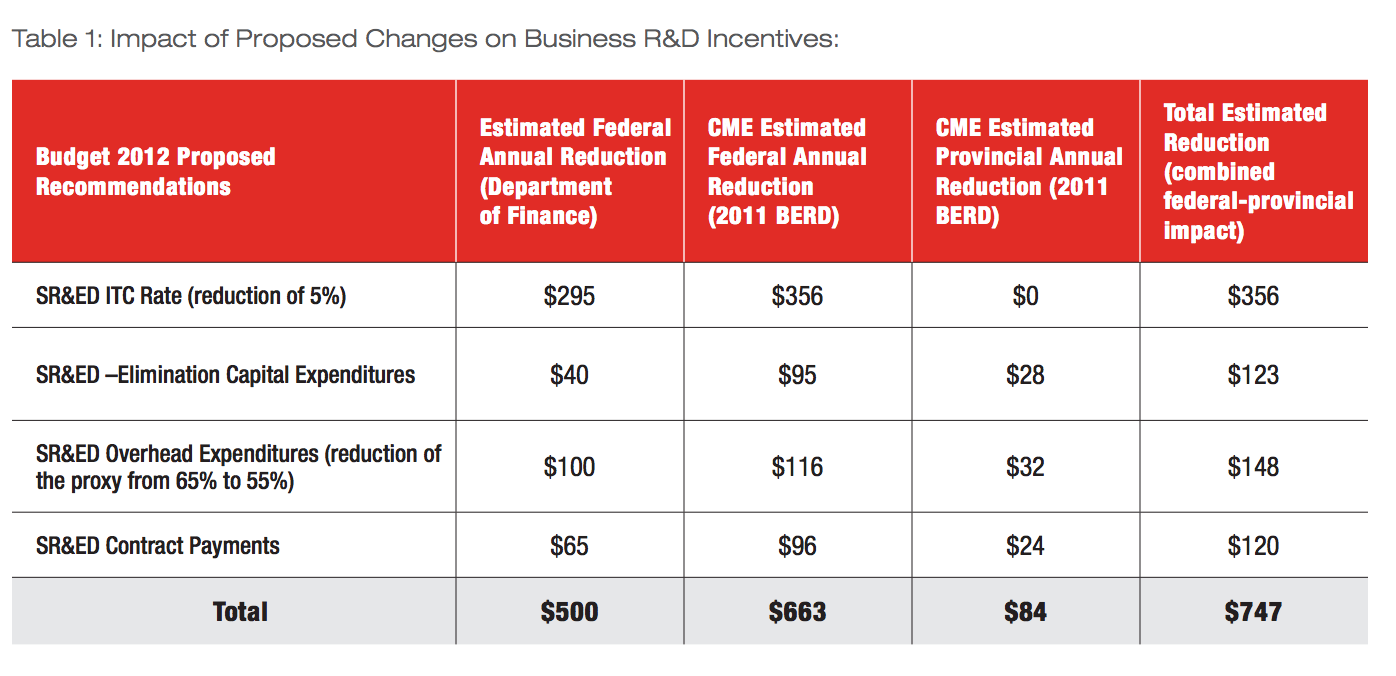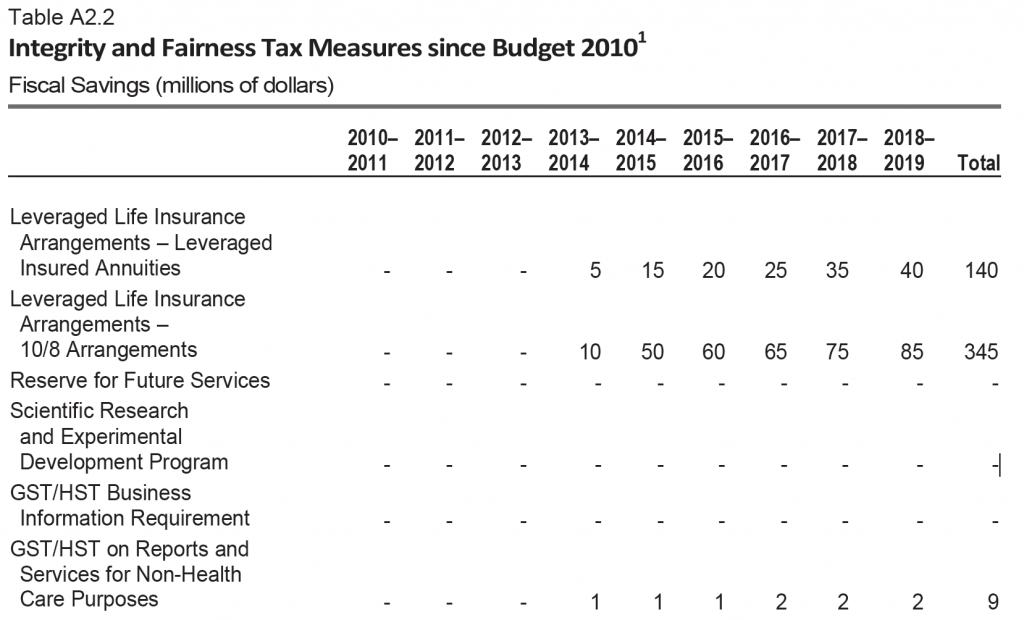Federal Budget 2014: Disappearing SR&ED?
Reference Article (>5 Years Old)
Please note that the information herein may be outdated, links could be inactive, and policies discussed may have evolved. For the most current data, consult our latest publications. If you would like us to refresh this article as it is of interest to you, please contact us.
Amidst the noise of the 2014 budget, would Canadian companies notice their government funding disappearing or decreasing?
Would they care?
On February 11, 2014 the then Minister of Finance Hon. Jim Flaherty tabled the 2014 budget in the Senate Chamber on Parliament Hill in Ottawa. What followed was a blink-and-you-miss-it mention of the single largest source of indirect funding for innovation in Canada—the Scientific Research and Experimental Development (SR&ED) tax credit.
Direct Funding vs. Indirect Funding – A Matter of Control
In early 2014 the Speech from the Throne focused on the Industrial Research Assistance Program (IRAP)—a direct funding program (i.e., companies must apply for and be selected to receive funding prior to starting work)—as opposed to SR&ED—an indirect funding program (i.e., companies must incur the costs prior to application and only a portion of the costs are refunded or credited).
When it comes to Research & Development (R&D) funding, the speech marked an interesting shift away from allowing companies to select their own projects toward the government handpicking winners. While the current government espouses a “hands-off” approach in most areas, this is apparently not one of them—particularly when it can provide them with considerable savings.
With the attention that direct funding programs have received recently—specifically in the 2014 budget—it’s important to keep the overall impact of indirect funding in perspective.
IRAP vs. SR&ED

What happened? Why is there a sudden shift away from the $3.6 billion SR&ED program toward less lucrative direct funding streams?
SR&ED – How The Mighty Fall
After the release of the Innovation Canada: A Call To Action report,1 the SR&ED program was in the headlights for the political powers that be. In the 2012 budget, the government announced several significant changes to help streamline the program from a financial perspective. In 2013, SR&ED again made headlines in the budget amid (as yet unproven or clearly documented) accusations of fraud amongst consulting firms and complaints regarding inconsistency.
And yet in 2014, there was silence. Why?
With the adjustments to the SR&ED program, it’s estimated the government will save a considerable amount of money over the next few years. Canadian Manufacturers and Engineers (CME) issued a report titled Business Research and Development Initiatives in Canada: The impact of proposed changes to Canada’s SR&ED tax credit 2 that described what the program will look like in the near future:
As outlined in Table 1, the impact of the proposed measures, once fully implemented, will represent a decrease of $663 million a year in business R&D expenditures — $163 million more than estimated by the government. When adding in the corresponding impact of the proposed changes on provincial R&D claims ($84 million), the total impact of these changes on business expenditures in research and development (BERD) is almost $750 million a year.

However, these savings didn’t seem to appear in the 2014 budget; in fact, the only mention of the SR&ED program in the entire 400+ page document was tucked away in a table in the Appendix (p. 382):

Change of Focus
With the 2014 budget, the government opted to focus on a mishmash of much smaller funding programs. Some media outlets (such as the Globe and Mail) have bought into the PR, referring to these as “hefty innovation items”:3
At more than $1.6-billion in funding over the next five years, research and innovation is among the heftiest new spending items in this year’s budget. The plan proposes to create a Canada First Research Excellence Fund for post-secondary institutions, though only $50-million of the $1.5-billion over 10 years will be dispersed starting in 2015-2016. Some $46-million annually will go to four granting councils – including the Canadian Institutes of Health Research and the Natural Sciences and Engineering Research Council. Money will also flow to physics and quantum computing research, as well as innovation in the automotive sector.
But was it hefty? The first disbursement wasn’t scheduled until 2015. Furthermore, the text around the new program was vague—at best —as outlined in our 2014 budget direct funding round-up.
So while there was new funding for many programs under the guise of innovation, it was under government control and was a fraction of what SR&ED provided on an annual basis for taxpayer-selected projects.
Disappearing SR&ED
The politicians lost interest in SR&ED and the policy changes have been completed; it’s now up to the administration to oversee the program. Unfortunately, the administrators seem to be choking the last life out of SR&ED—one only needs to look in online forums to see there is a clear disconnect between policy and administration. As the complaints, Notice of Objections, and appeals continue to rise in number, the government may question whether or not to continue with this program at all.
Will SR&ED disappear over the next few years, as the politicians lose interest and taxpayers become increasingly frustrated with the program? In 1998 the program was salvaged by an Action Plan, but we may not be as fortunate this time.